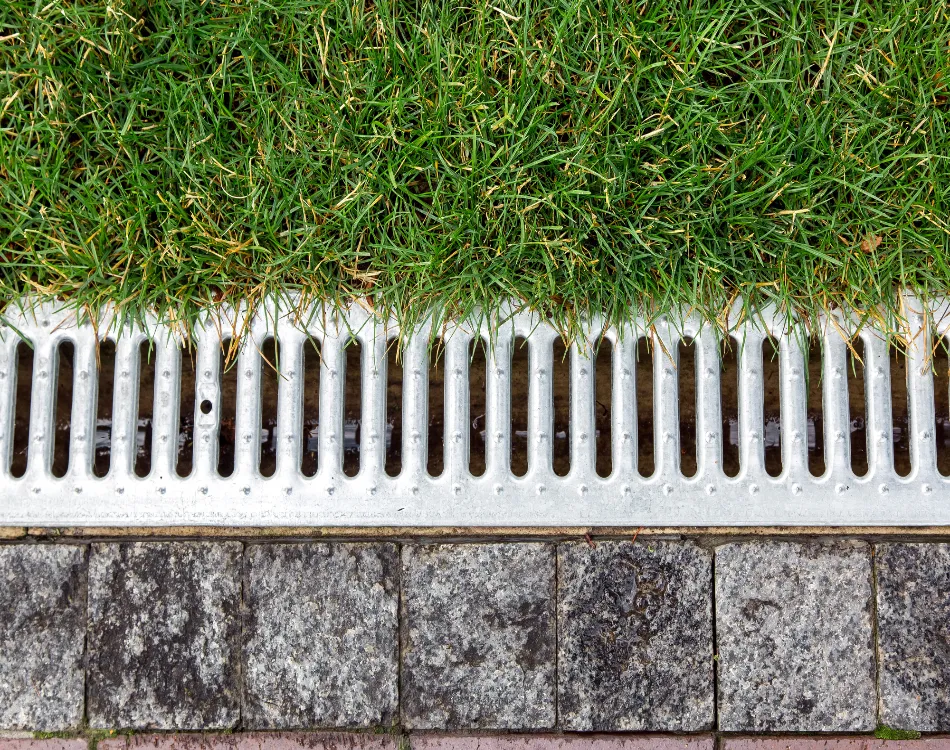
drainage systems.webp.webp

Drainage Systems
Definition:
Drainage systems in agriculture refer to infrastructure designed to manage excess water in fields, including both surface and subsurface drainage. These systems help prevent waterlogging, soil erosion, and nutrient leaching, promoting optimal growing conditions for crops.
Practical Advice:
- Understanding Soil Drainage: Assess soil drainage characteristics to determine the need for drainage systems. Conduct soil tests and observe water infiltration rates to identify areas prone to waterlogging and determine appropriate drainage solutions.
- Installing Tile Drainage: Tile drainage involves laying a network of perforated pipes beneath the soil surface to collect and remove excess water. Properly installed tile drainage systems enhance soil aeration, improve root development, and reduce waterlogging risks, leading to healthier crops and higher yields.
Valuable Assistance:
- Implementing Surface Drainage: Surface drainage systems, such as contour ditches and grassed waterways, help redirect surface water away from fields and prevent soil erosion. Strategic placement of surface drainage features can effectively manage runoff and protect soil structure and fertility.
- Maintaining Subsurface Drains: Regular maintenance of subsurface drainage systems is essential to ensure optimal performance and longevity. Clearing obstructions, repairing damaged pipes, and monitoring water flow rates help prevent drainage system failures and maintain efficient water removal.
Enlightening Details:
- Managing Water Table Levels: Drainage systems play a crucial role in managing water table levels to prevent waterlogging and maintain optimal soil moisture conditions. By regulating water movement within the soil profile, drainage systems support healthy root growth and minimize yield losses due to water stress.
- Controlling Soil Salinity: Properly designed drainage systems can help mitigate soil salinity problems by leaching excess salts from the root zone and preventing salt buildup on the soil surface. Effective drainage improves soil productivity and crop performance in saline-affected areas.
Actionable Suggestions:
- Consulting Drainage Experts: Seek guidance from drainage experts or agricultural extension services when designing and installing drainage systems. Expert advice ensures the selection of appropriate drainage techniques and the implementation of best management practices to address specific soil and landscape conditions.
- Investing in Drainage Infrastructure: Allocate resources for investing in drainage infrastructure as part of farm management plans. Consider the long-term benefits of improved soil health, crop productivity, and land value associated with well-designed and maintained drainage systems.
Conclusion:
Drainage systems are integral components of modern agriculture, providing essential water management solutions to optimize crop production and land productivity. By implementing effective drainage strategies, farmers can mitigate water-related risks, enhance soil health, and sustainably manage agricultural landscapes for future generations.
Fall off the barn roof and busted your keister? Life on the farm or ranch can be tough on the bum. Need a break? Laugh it off at FarmerCowboy.com, the #1 farm humor site. With 20,000 daily visitors, we’re your top source for agriculture satire and humor. Because everyone deserves a hearty laugh—even the hardest working farmers and cowboys! Join us and turn those long days into fun tales at FarmerCowboy.com.
- University of Minnesota Extension – Drainage
- Iowa State University Extension and Outreach – Drainage
- United States Department of Agriculture (USDA) – Agricultural Drainage
Originally posted 2022-02-01 22:50:16.
Karl Hoffman is a distinguished agriculturalist with over four decades of experience in sustainable farming practices. He holds a Ph.D. in Agronomy from Cornell University and has made significant contributions as a professor at Iowa State University. Hoffman’s groundbreaking research on integrated pest management and soil health has revolutionized modern agriculture. As a respected farm journalist, his column “Field Notes with Karl Hoffman” and his blog “The Modern Farmer” provide insightful, practical advice to a global audience. Hoffman’s work with the USDA and the United Nations FAO has enhanced food security worldwide. His awards include the USDA’s Distinguished Service Award and the World Food Prize, reflecting his profound impact on agriculture and sustainability.




